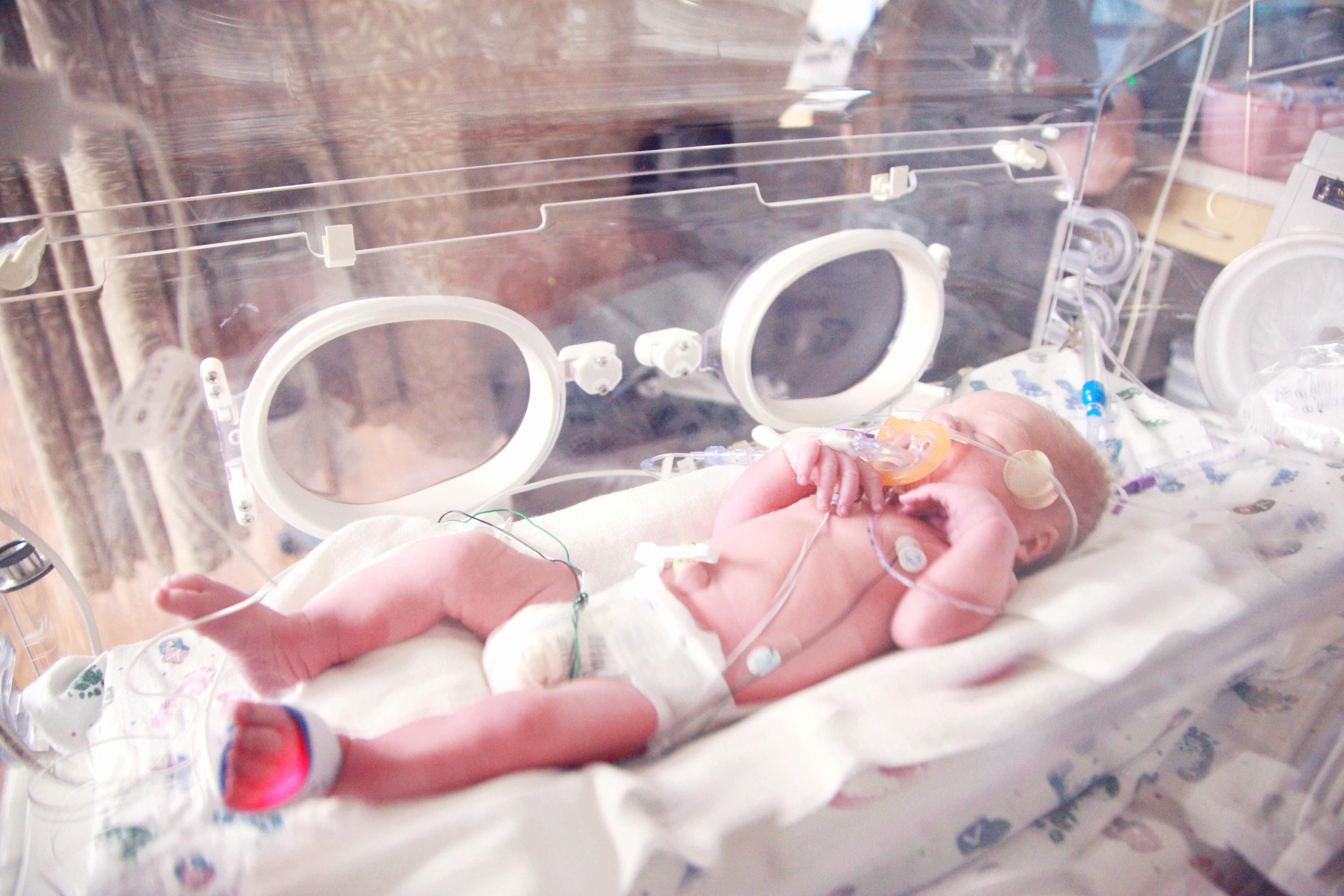A large study highlights central venous catheters, respiratory support, urinary catheters, and prior antibiotic use as key risk factors for healthcare-associated bloodstream infections (BSIs) in neonates in the NICU. The findings were published in JAMA Network Open.
“In this cohort study of 6,410 neonates admitted for three days or longer, the incidence of healthcare-associated BSIs was 6.09 per 1,000 patient-days,” the investigators wrote.
For neonates admitted for seven days or longer, 5.8% developed healthcare-associated BSIs on or after hospital day seven. This corresponded to an incidence rate of 3.22 per 1,000 patient-days.
Additionally, neonates who received antibiotics during their first week of hospitalization were nearly 3 times more likely to develop BSIs later.
“These findings are particularly notable given the frequent use of prolonged antibiotic courses in the absence of positive blood, urine, or CSF cultures,” the investigators wrote. “Prolonged antibiotic exposure in the newborn period, although potentially lifesaving, can have serious short- and long-term consequences, such as drug toxicity, an increased risk of necrotizing enterocolitis, late-onset sepsis, retinopathy of prematurity, and disruption of the neonatal microbiome, which may increase the risk of chronic illnesses later in life.”
What You Need to Know
The use of central venous catheters, respiratory support, and urinary catheters significantly increased the likelihood of BSIs, emphasizing the need for improved infection prevention and control (IPC) practices in NICUs.
Neonates who received antibiotics during their first week of hospitalization were nearly three times more likely to develop healthcare-associated bloodstream infections (BSIs) later, highlighting the risks of prolonged antibiotic use.
The study found that most infections were caused by gram-negative bacteria, with high resistance rates to third- and fourth-generation cephalosporins (85.5%) and carbapenems (44.8%), underscoring the urgent need for antimicrobial stewardship in neonatal care.
Study Specifics
This was a multicenter, prospective cohort study that enrolled neonates admitted to 3 NICUs in India from May 2017 through July 2019. Of the neonates, 3,560 (55.5%) were male, and the median gestational age was 34 weeks.
Participants were followed from admission until discharge, transfer, or death. The investigators defined the primary outcome as healthcare-associated BSIs, indicated by a positive blood culture on or after admission day three.
They collected summary statistics, incidence rates of healthcare-associated BSIs, and hazard ratios based on characteristics of interest. In neonates admitted for seven days or longer, the investigators also assessed the association between antibiotic exposure and infection risk.
Additional Takeaways
Other findings from the study showed that most infections were caused by gram-negative bacteria, with significant and varied resistance to certain antibiotic classes.
“Most isolates were gram-negative organisms (n = 273 [66.3%]), of which 85.5% (202 of 236 isolates tested) were resistant to third- or fourth-generation cephalosporins, and 44.8% (117 of 261 isolates tested) were resistant to carbapenems,” the investigators wrote.
The researchers emphasize the need for enhanced infection prevention and control (IPC) measures, particularly concerning central venous catheters, respiratory support, and urinary catheters.
NICUs should prioritize BSI prevention through improved IPC practices, with a strong focus on mitigating risks associated with indwelling devices.
Reference
Johnson J, Malwade S, Agarkhedkar S, et al. Risk Factors for Health Care–Associated Bloodstream Infections in NICUs. JAMA Netw Open. 2025;8(3):e251821. doi:10.1001/jamanetworkopen.2025.1821

